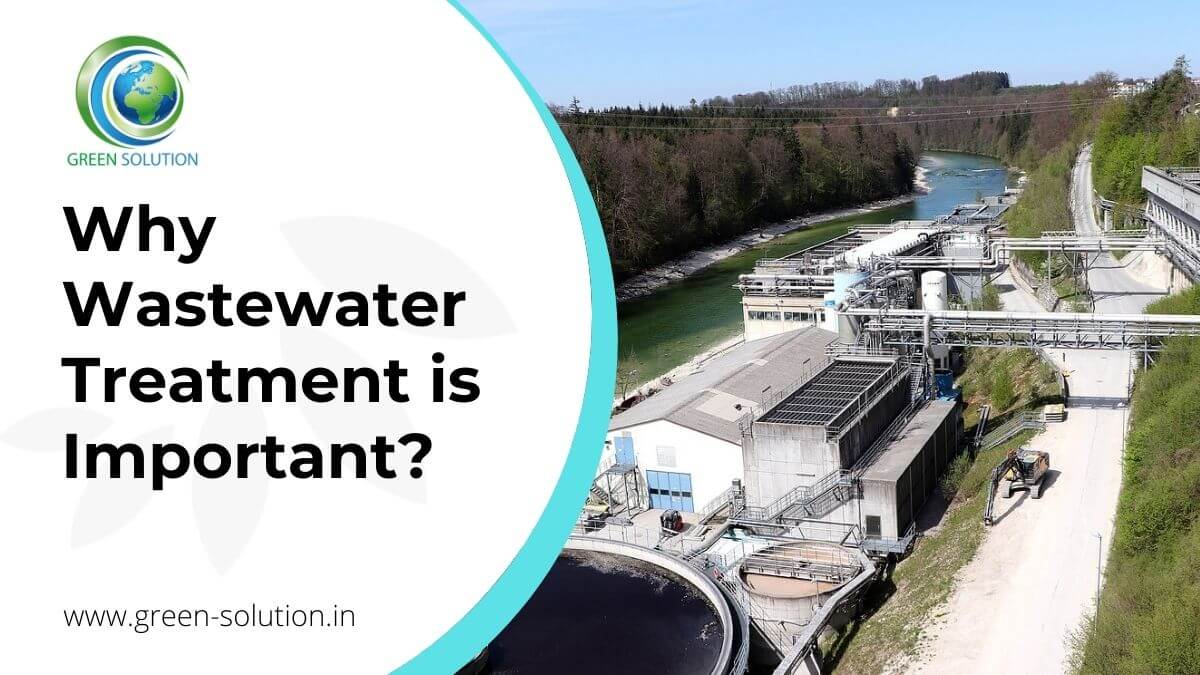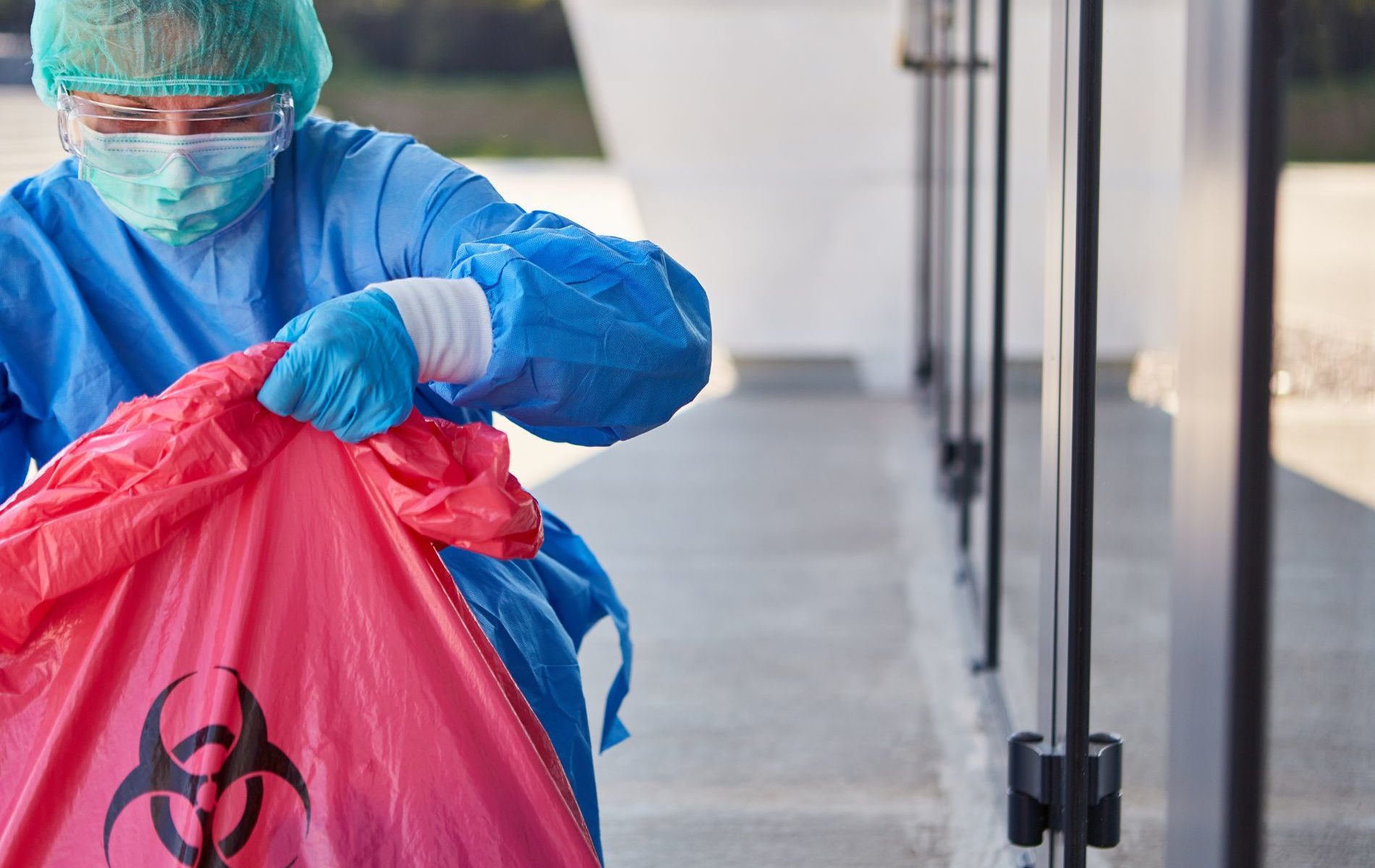Reclaim Waste Fundamentals Explained
Wiki Article
The Reclaim Waste Diaries
Table of ContentsThe Ultimate Guide To Reclaim WasteThe Basic Principles Of Reclaim Waste Reclaim Waste Fundamentals ExplainedThe Basic Principles Of Reclaim Waste Excitement About Reclaim Waste
Domestic sewage waste refers to the waste and products from a residential septic storage tank. The correct monitoring and disposal of residential sewer waste need fluid waste to be moved to a sewage therapy plant where the proper techniques and tools are applied to cleanse and dispose of waste.
Commercial waste typically includes potential risks, such as flammable products or a combination of fluid and strong waste products, and requires a more sophisticated and detailed disposal process. The disposal of commercial waste normally entails the filtration of waste before transportation to guarantee safe and proper disposal. Hazardous waste is created from results and overflow of industrial processes and manufacturing.
This kind of waste can not use the very same sewer administration transport or procedures as septic or business fluids. The commercial waste monitoring procedure needs the examination and screening of fluid waste prior to it goes through the disposal procedure (industrial wastewater treatment). Drainage waste is the fluid waste that originates from overflow and excess stormwater in very booming locations or cities
Runoff waste can trigger contamination and flooding if not dealt with correctly. Making sure appropriate waste management can stop catastrophes and lower environmental damage.
Reclaim Waste Fundamentals Explained
Call PROS Services today to discover our waste administration and disposal services and the appropriate means to look after the fluid waste you generate.(https://www.imdb.com/user/ur191403836/?ref_=nv_usr_prof_2)Do you know what takes place to your water when you disengage, flush the bathroom or drain the washing machine? No? Well, it deserves knowing. This so-called 'wastewater' is not just a crucial resource yet, after treatment, will be launched to our land, waterways or the sea. Used water from toilets, showers, baths, kitchen sinks, laundries and commercial procedures is called wastewater.

water used to cool equipment or clean plant and devices). Stormwater, a type of wastewater, is runoff that streams from farming and urban areas such as roof coverings, parks, gardens, roadways, courses and gutters right into stormwater drains pipes, after rain. Stormwater streams untreated directly to neighborhood creeks or rivers, eventually getting to the ocean.
Unknown Facts About Reclaim Waste
In Queensland, many wastewater is treated at sewage therapy plants. Wastewater is delivered from domestic or industrial websites through a system of sewers and pump stations, called sewage reticulation, to a sewer therapy plant. City governments construct, preserve and operate most sewage treatment plants. Operators are licensed under the Environmental Management Act 1994 to discharge treated wastewater at an acceptable ecological requirement into waterways.The Department of Natural Resources recommends local federal governments about managing, operating and maintaining sewerage systems and therapy plants. In unsewered areas, city governments might need homeowners to set up individual or house sewer therapy systems to treat residential wastewater from commodes, cooking areas, restrooms and laundries. The Division of Natural Resources authorises making use of family systems when they are proven to be effective.
In some brand-new communities, treatment of some stormwater to remove clutter, sand and gravel has actually started making use of gross toxin catches. Wastewater treatment takes place in four stages: Removes strong issue.
Uses tiny living organisms understands as micro-organisms to damage down and remove staying liquified wastes navigate to this site and great bits. Micro-organisms and wastes are incorporated in the sludge.
What Does Reclaim Waste Mean?
Nutrient elimination is not readily available at all sewer therapy plants due to the fact that it requires expensive specialized equipment. Clear fluid effluent generated after therapy may still contain disease-causing micro-organisms - liquid waste removal.
This typically implies wastewater has to be treated or impurities eliminated prior to it can be released to waterways. The majority of wastewater streams right into the sewage system. Under the Act, regional federal governments provide authorizations and permits for eco relevant activities (ERAs) including wastewater releases that could have a neighborhood impact. The division carries out authorizations and permits to ERAs including wastewater releases that could have a regional or statewide influence.
The Basic Principles Of Reclaim Waste
Tracking offers factual details concerning water high quality and can confirm that permit problems are being met. The details gotten with monitoring offers the basis for making water quality decisions.Report this wiki page